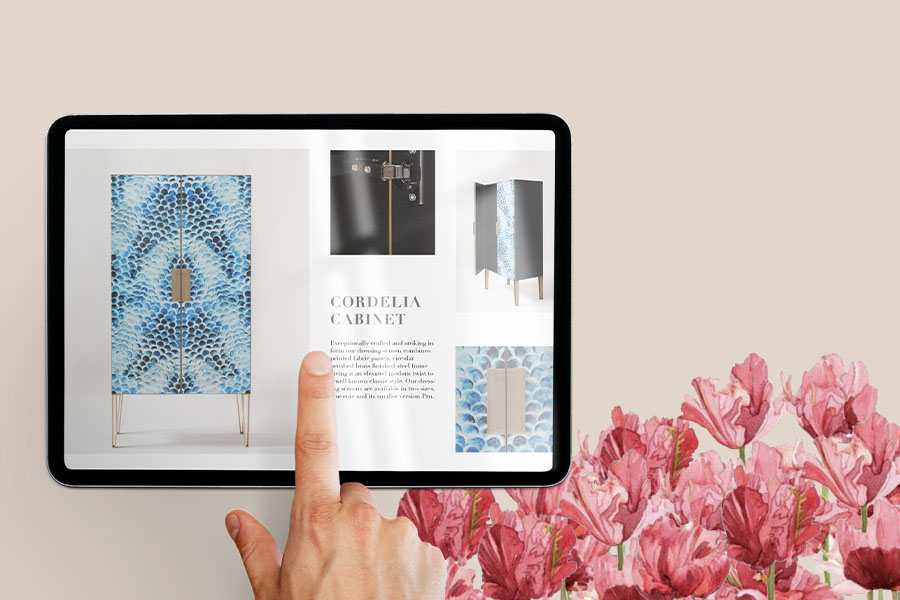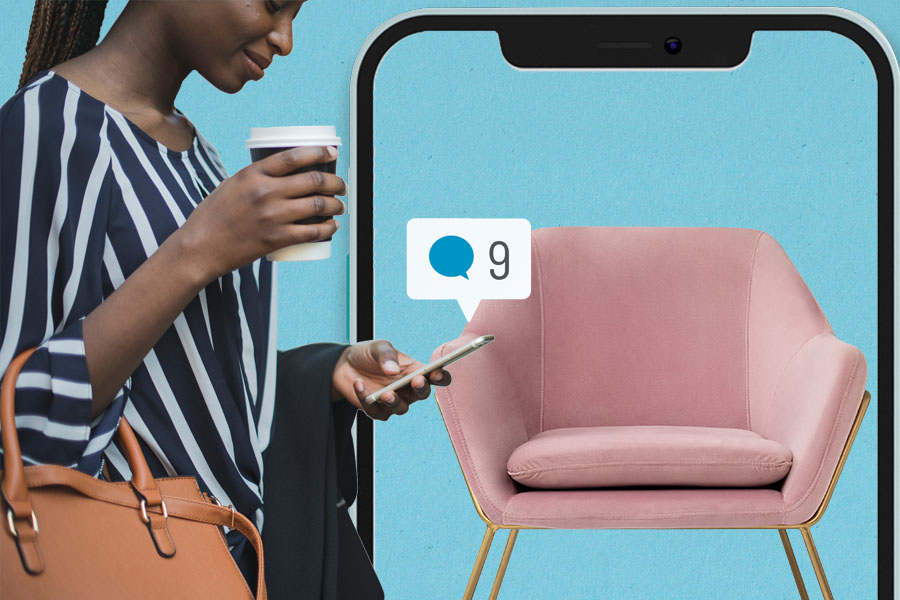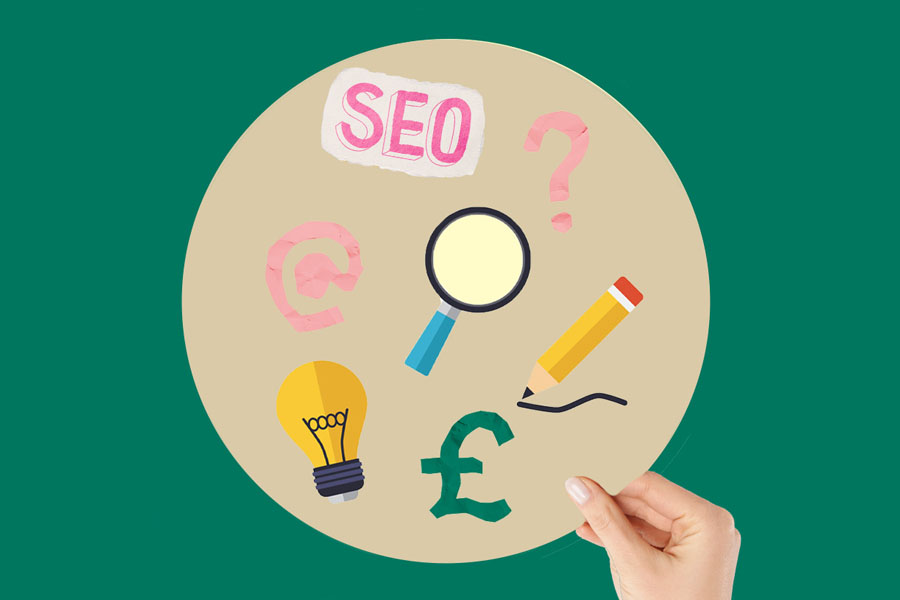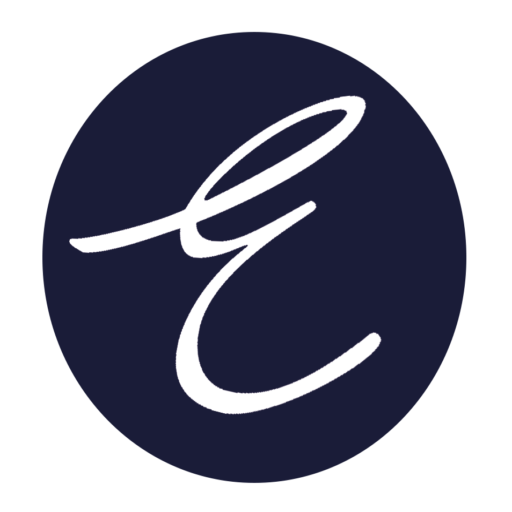The way you communicate your brand – its DNA, values, mission, purpose – has a big impact on what customers think about it. From your logo, website to the detail on your packaging and everything in between, these are your marketing and communication tools.
They all must work together, sending the same message. One of the most underestimated and underused tools are lookbooks. Whether it’s a lookbook, brochure or portfolio book, you should see it as an opportunity not only for setting yourself apart from your competition, but more importantly for creating an emotional connection.
These days your products or services are no longer enough for customers to connect with your brand. It’s the story which we relate and connect to. And a lookbook is a great tool to share that story and get your customers excited and inspired.
Designing a lookbook for marketing is great for building brand awareness, encouraging word of mouth, educating and increasing sales e.g. with its digital format where you have the option for direct links to shopping pages and therefore the ability to reach new audiences, driving traffic back to your website.
So how can you design a lookbook which is also your marketing tool?
THE CONTENT
The best lookbooks and brochures are those that combine highly visual photography with highly impactful (but quite minimal) text. First, you need to decide whether you want to: inspire, educate or both. Think about the best way to put your message across. The content should flow (make sense) as you go through the pages. Your customer should feel like you talking to them (through keywords), solving their problem.
To do that you need to be clear on what those keywords are and align them with your brand’s values and what you stand for as a brand.
For example, in our previous business we identified that our customers responded well to words such as: eco-friendly, cosy, warm, safe family unit, building a home for next generations.
We took these keywords as a theme and created a lookbook which was a mixture of lifestyle shots featuring a family unit, with images representing the eco aspect. We also educated our customers on the practical and functional features of our products, which reinforced our key message and values. Unlike our competition, we placed the technical spec pages at the back.
THE DESIGN
The key to designing a lookbook is to combine both the look (the visuals) and the book (the story).
Here are the elements to include when you want to design a lookbook for marketing in general:
The front cover
Always pick the best image you have available to you. It needs to be something that grabs attention and makes you want to explore the inside. Always include your logo and icon, and the name of your campaign, if applicable.
Avoid using generic terms such as – our collection or AW20XX. Be more specific.
Content
Make it seamless and uninterrupted. Each visual (photography) and text must make sense. They reinforce each other. Make it easy on the eye and avoid information overload.
Decide on how logically the content should flow in terms of product categories. Play around with layouts and positioning. The first inside page should briefly explain what you do and what your offering is about. You might want to start off with a quote, if you feel it helps with the message.
The back page
Your back page should include your contact details, social media handles and website.
Digital format – it is a good idea to use clickable links on products to increase your chances of customers making a purchase. Avoid several click chains, we want to makes things easy. Always work with “one-click” strategy.
Print format – an inside pocket for storing pricelists, order forms and T&C is a practical feature to keep everything in one place. If you do wholesale, create a small white window on the back page for retailers to put their contact details stickers on there.
MARKETING IT
Print version
We might be living in the digital age, but having a small amount of physical copies will give you the opportunity to create marketing campaigns outside of the digital world. For example, you can add a copy to each order you get, allowing your customer to learn more about your product offerings and your story.
Or, you can create your own database of retailers or potential clients who you can update on your latest product range or portfolio, sending them a physical copy which is professionally presented. You can also distribute the copies in physical retail spaces or at events.
Digital version
When it comes to marketing the digital version, you can approach it in the same way as you would do with any other content. You can write about it in your newsletters, create blog posts (don’t forget to optimise SEO) and promote it on social media directing your audience to it on your website. You can also explore the possibilities on Pinterest, creating several pins with direct page links. If you have a budget, you can also consider paid advertising and blogger outreach, asking them for a review and share what they think about it.
To conclude, lookbooks are a great marketing and selling tool but beware that they need to work with other marketing activities simultaneously. A successful marketing campaign is made up of several elements covering online and offline activities which need to work together. Understanding where each tool sits and what role it plays is key.
Inside our KNOWLEDGE SHARE membership we delve into specific ideas for communicating your brand’s message, giving you the tools, templates and processes which you can apply in your business straightaway. If you want to find out about it more, please click or tap here.










